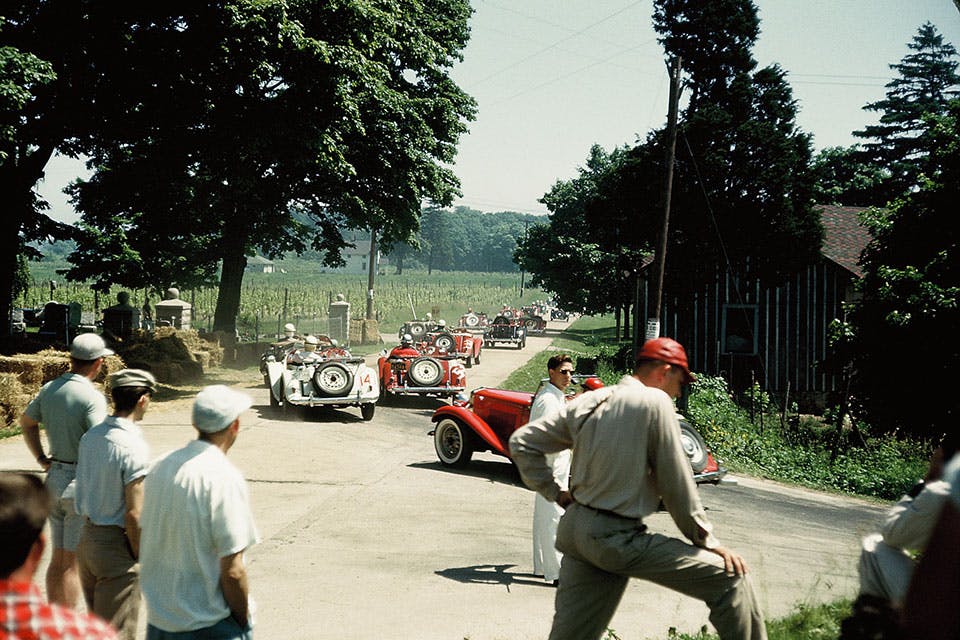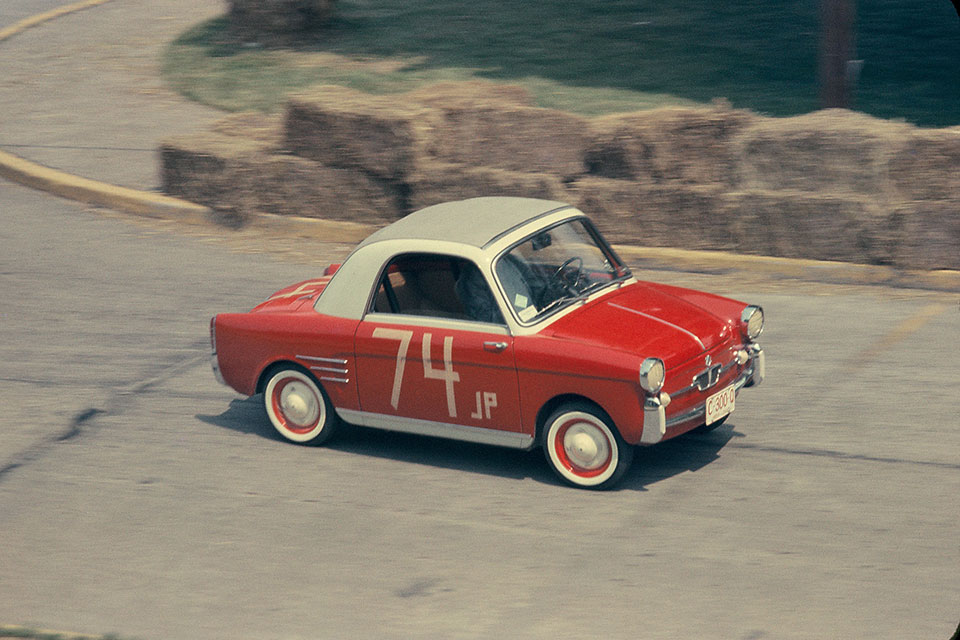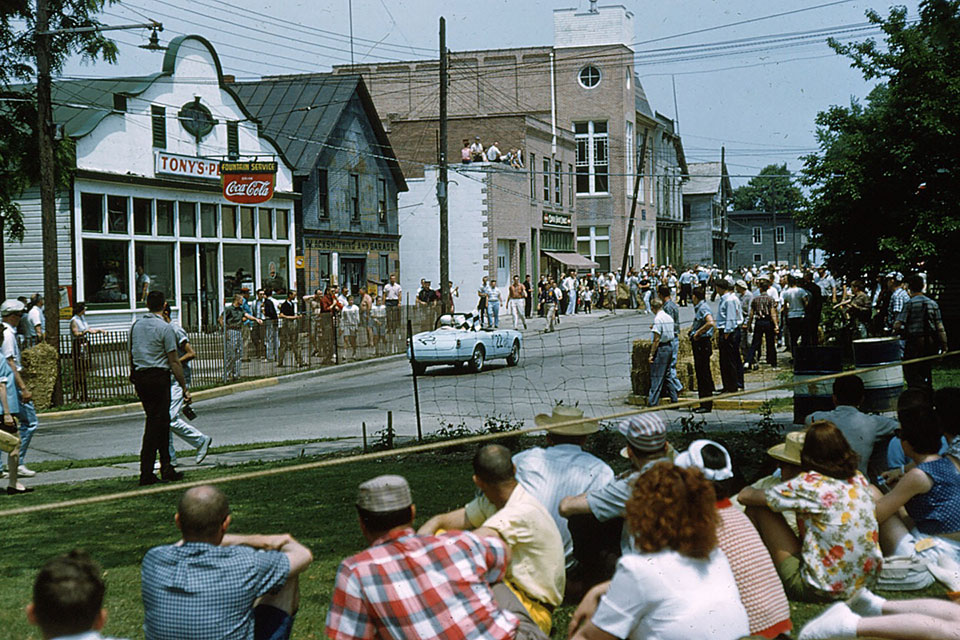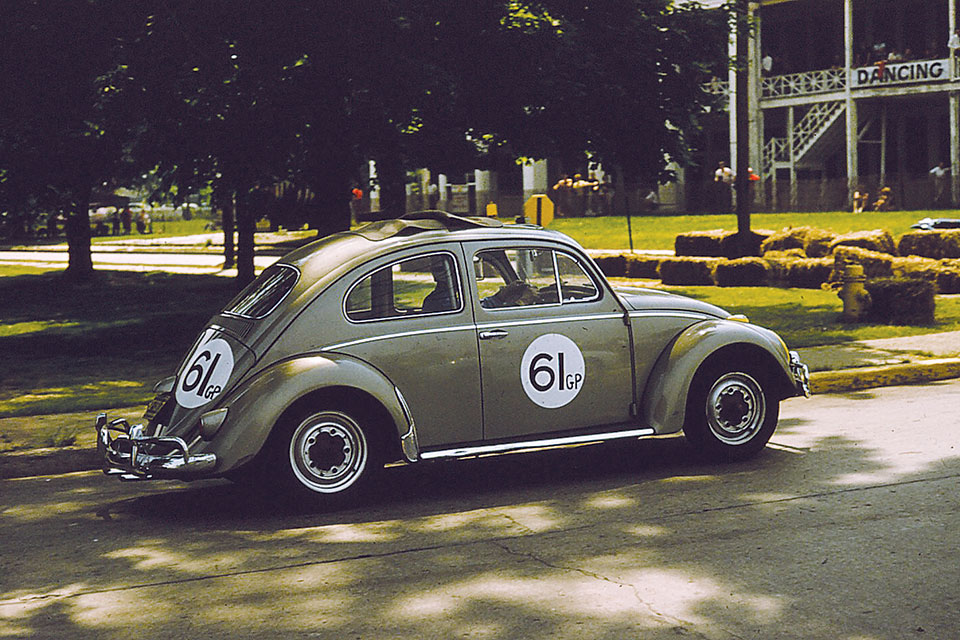Ohio Life
The History of the Put-in-Bay Road Race
During the 1950s, this annual event brought sports car owners to South Bass Island to face off on a 3.1-mile course set up on city streets.
Related Articles
.jpg?sfvrsn=fa2eb638_3&w=960&auto=compress%2cformat)
The World’s Largest Rubber Duck Visits Put-In-Bay
From Aug. 1 through 3, Ohio’s lineup of giant-sized oddities welcomes a special visitor — a 61-foot-tall rubber duck. READ MORE >>
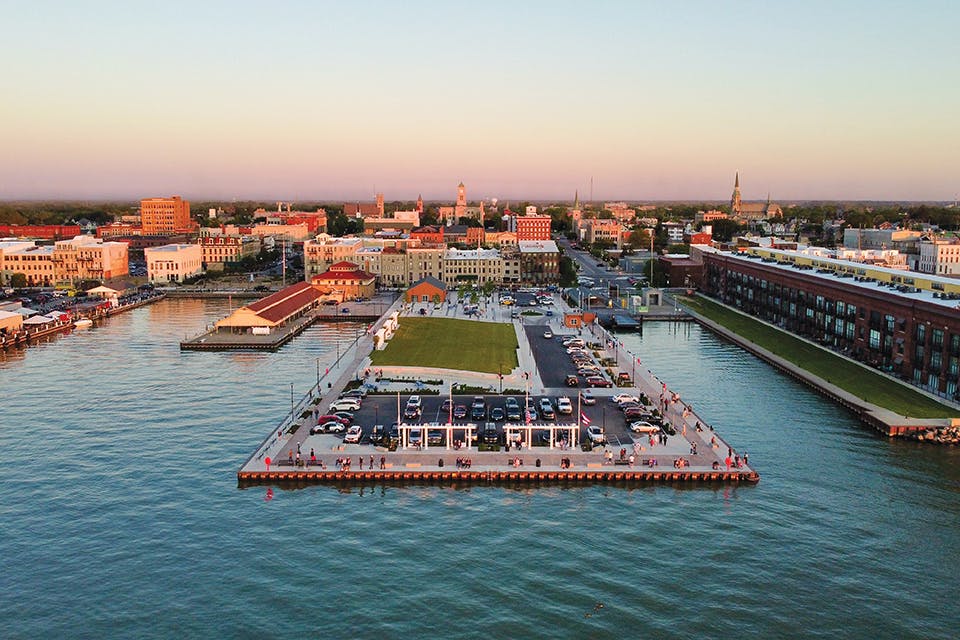
Explore these Lake Erie Shore Towns and Islands
Ohio’s Lake Erie islands and our state’s northwestern shoreline are full of history, nature and great lakeside towns to explore this time of year. READ MORE >>
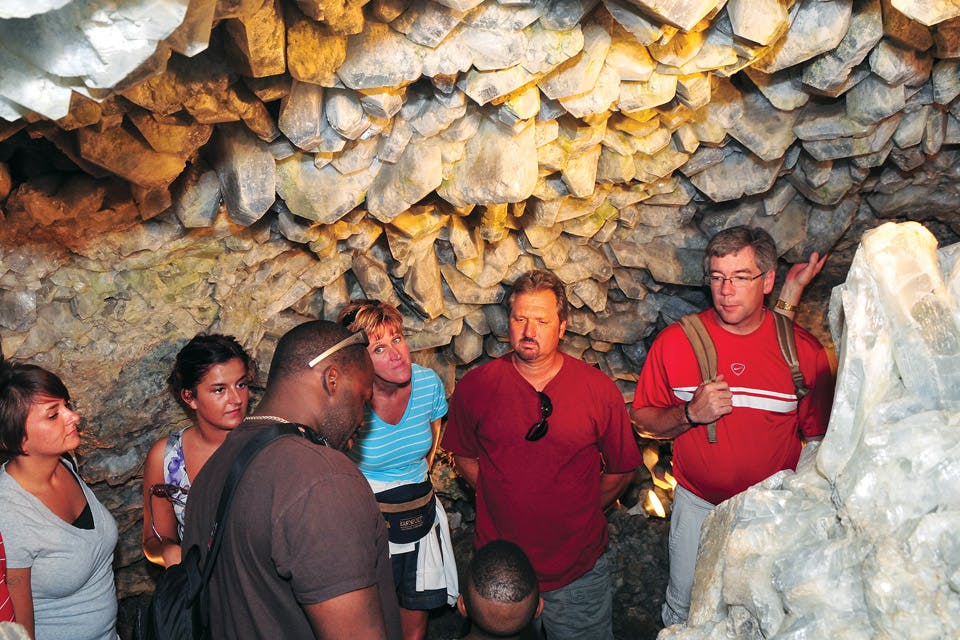
Crystal Cave, Put-in-Bay
Heineman Winery offered tours of what it bills as the world’s largest geode to stay afloat during Prohibition. You can still check it out today. READ MORE >>


